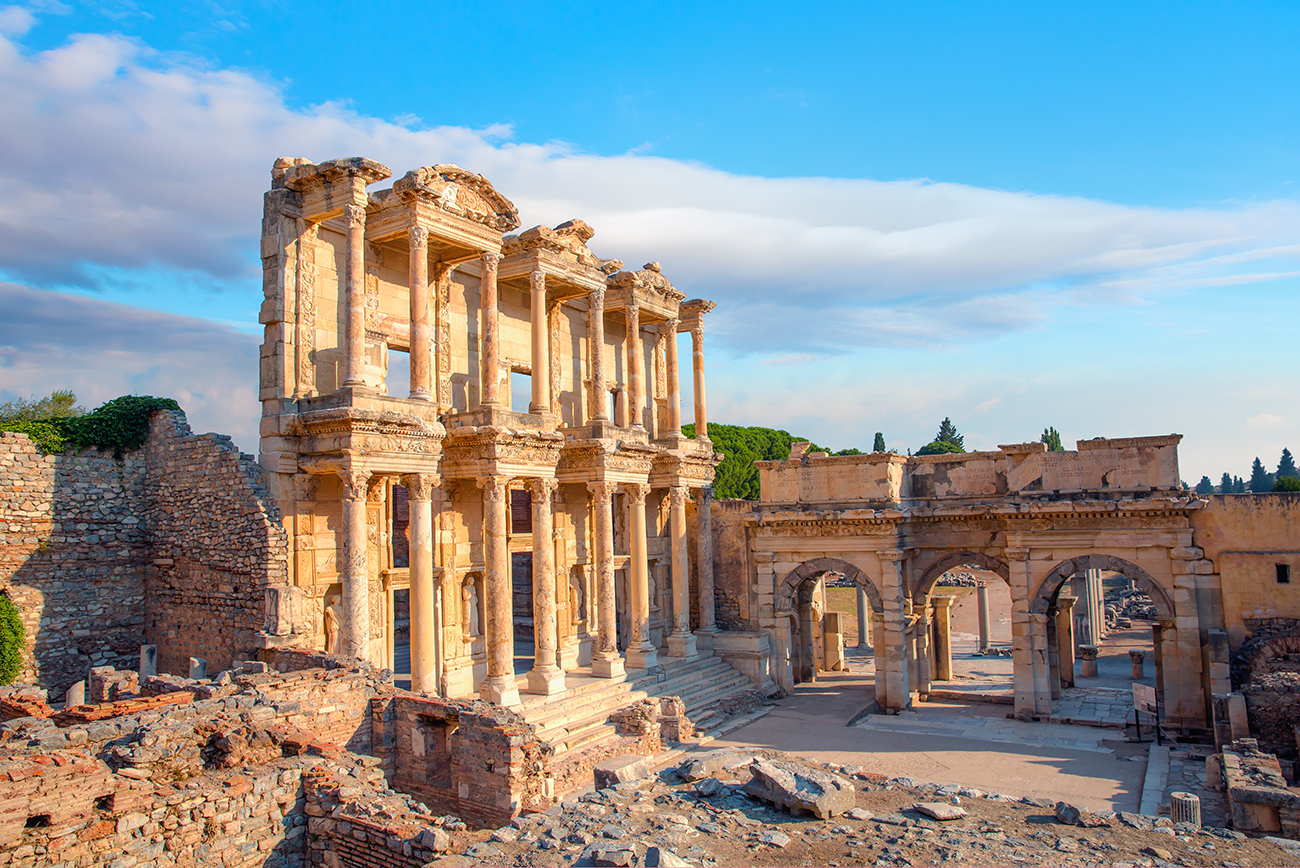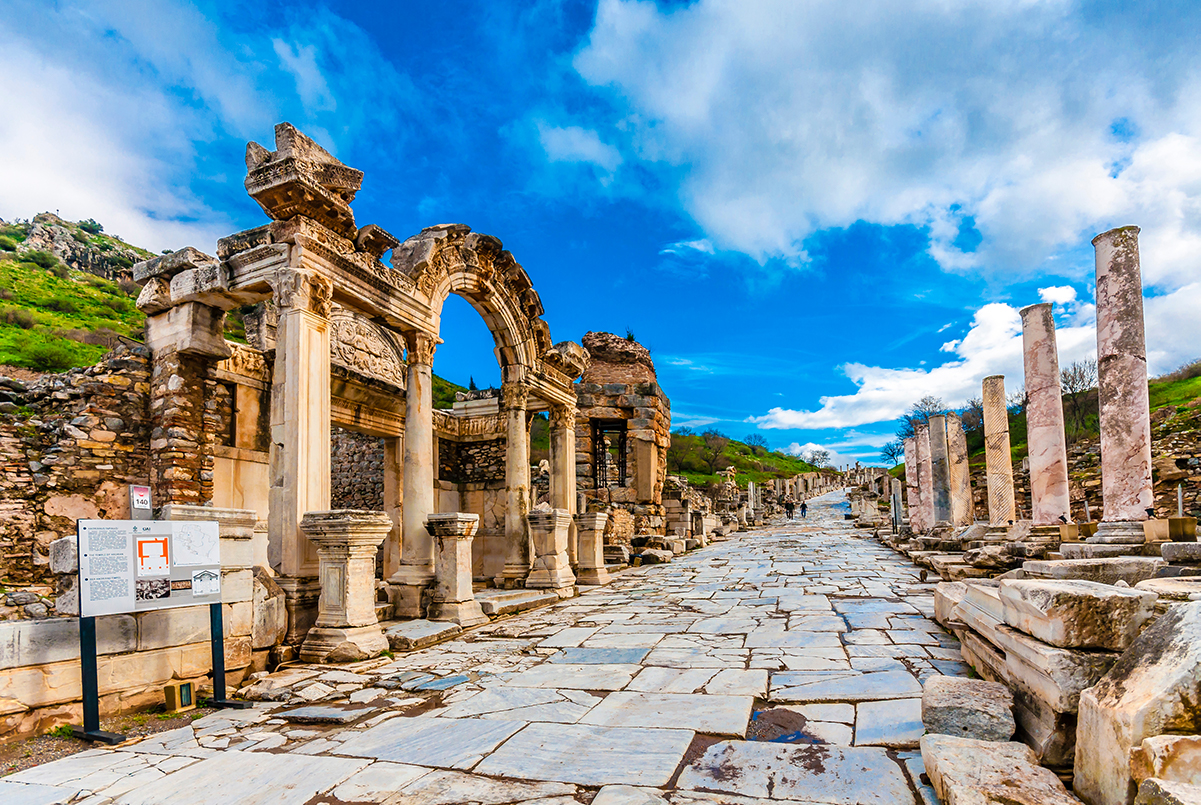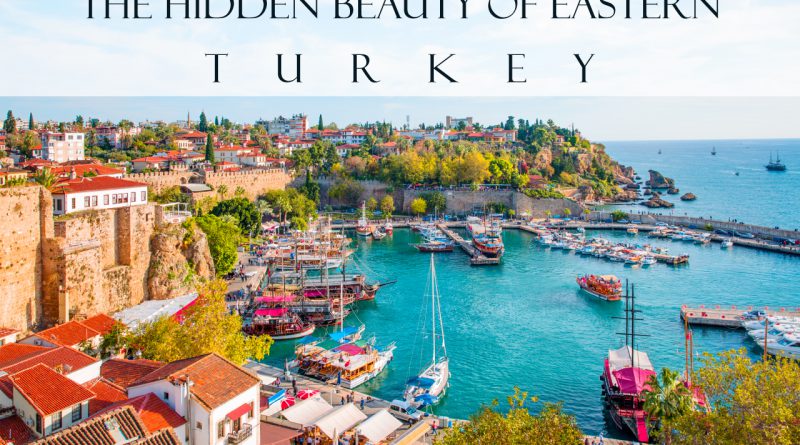The Hidden Beauty of Eastern Turkey
The Hidden Beauty of Eastern
Turkey
“Turkey” is the crossroad between 2 great continents. Tales of the great empire still linger in the air, and it is proven that Turkey is one of the beating hearts of Islamic world. Fascinating landmarks such as Sultan Ahmed Mosque (Blue Mosque), Hagia Sophia, and Cappadocia are just a few reasons why you should not miss Turkey. There are more hidden treasures to the west of the country waiting for you to discover Turkey in an unimaginable way.
Gobekli Tepe
Gobekli Tepe, or “The World First Temple”, dates back over 12,000 years. There are evidences of the temple construction that goes as far as 10,000 BC, and the engineering required to build such a marvelous site is still an unanswered mystery. The location of this ancient temple is just 15 km southeast over the hill near Sanliurfa. The hill is an invaluable archaeology site, and besides the temple, round and oval stone pillars with distinct motifs are also found in the area as well.
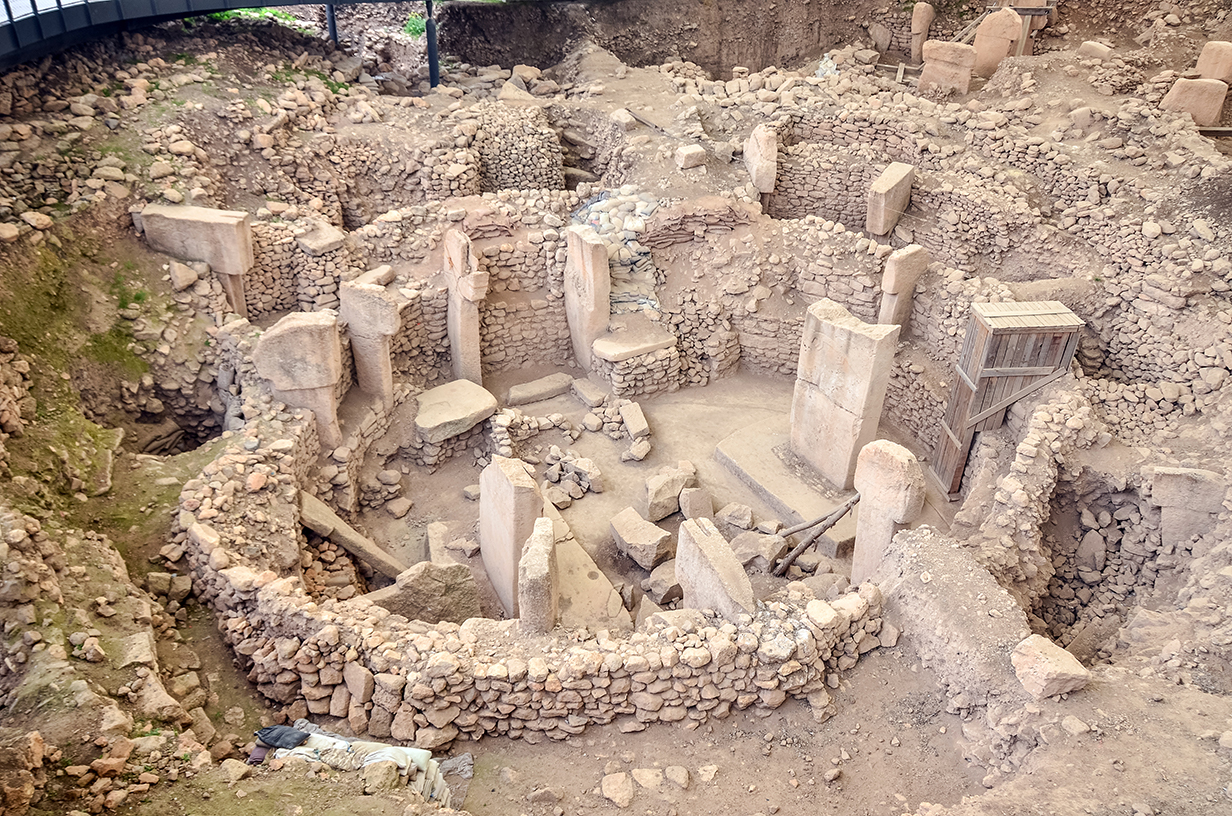
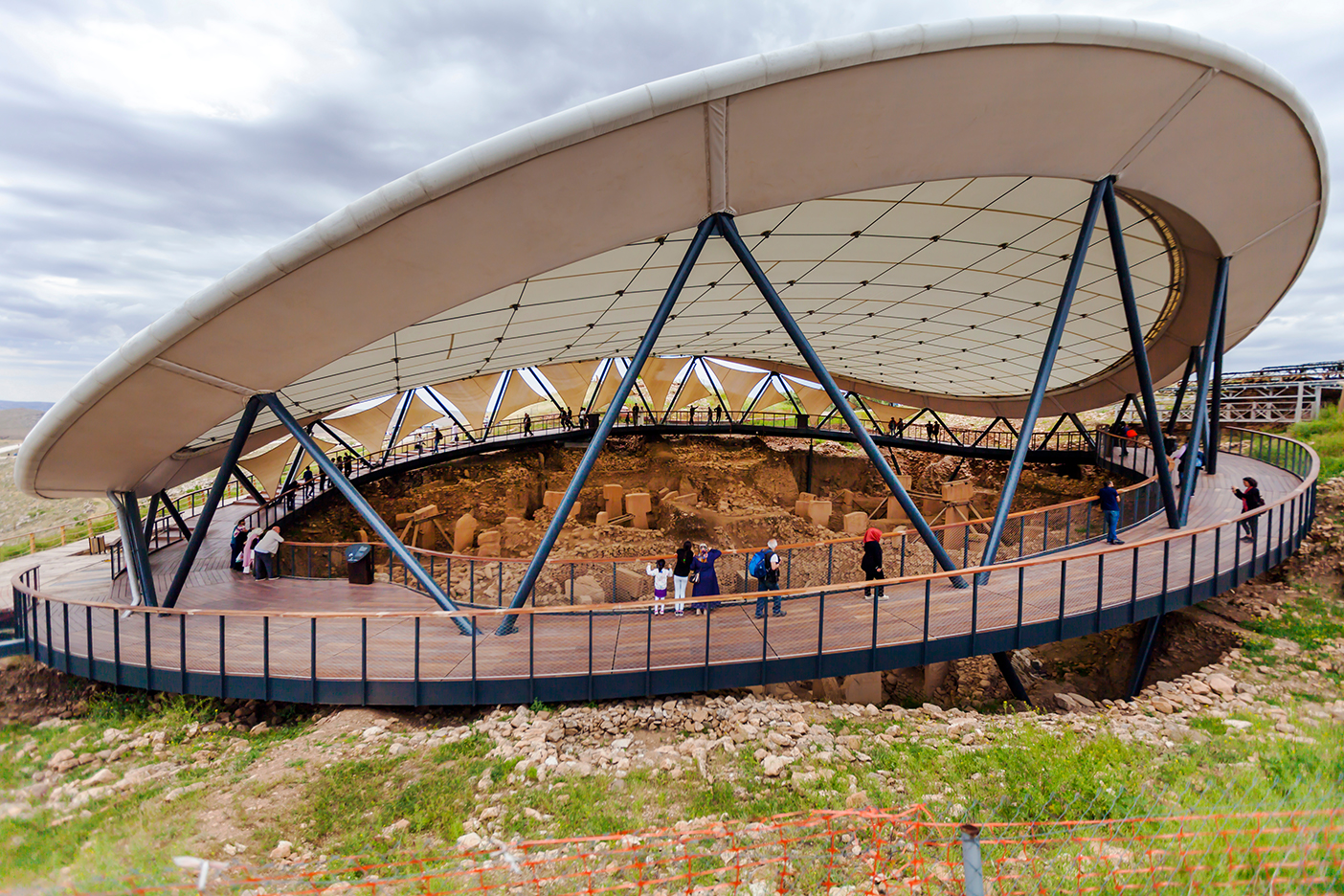
Mount Nemrut
Walk the history of the ancient empire and explore the tomb of the great king. Mount Nemrut sits on an altitude of 2,150 meters above sea level and it was used as an ancient ceremonial ground and royal tomb. The entrance to the site and the exit are guarded by statues of ancient gods which were damaged by major earthquakes throughout the history. The scattered statue pieces and the ancient ruins is a great reminder to us that nothing truly lasts.
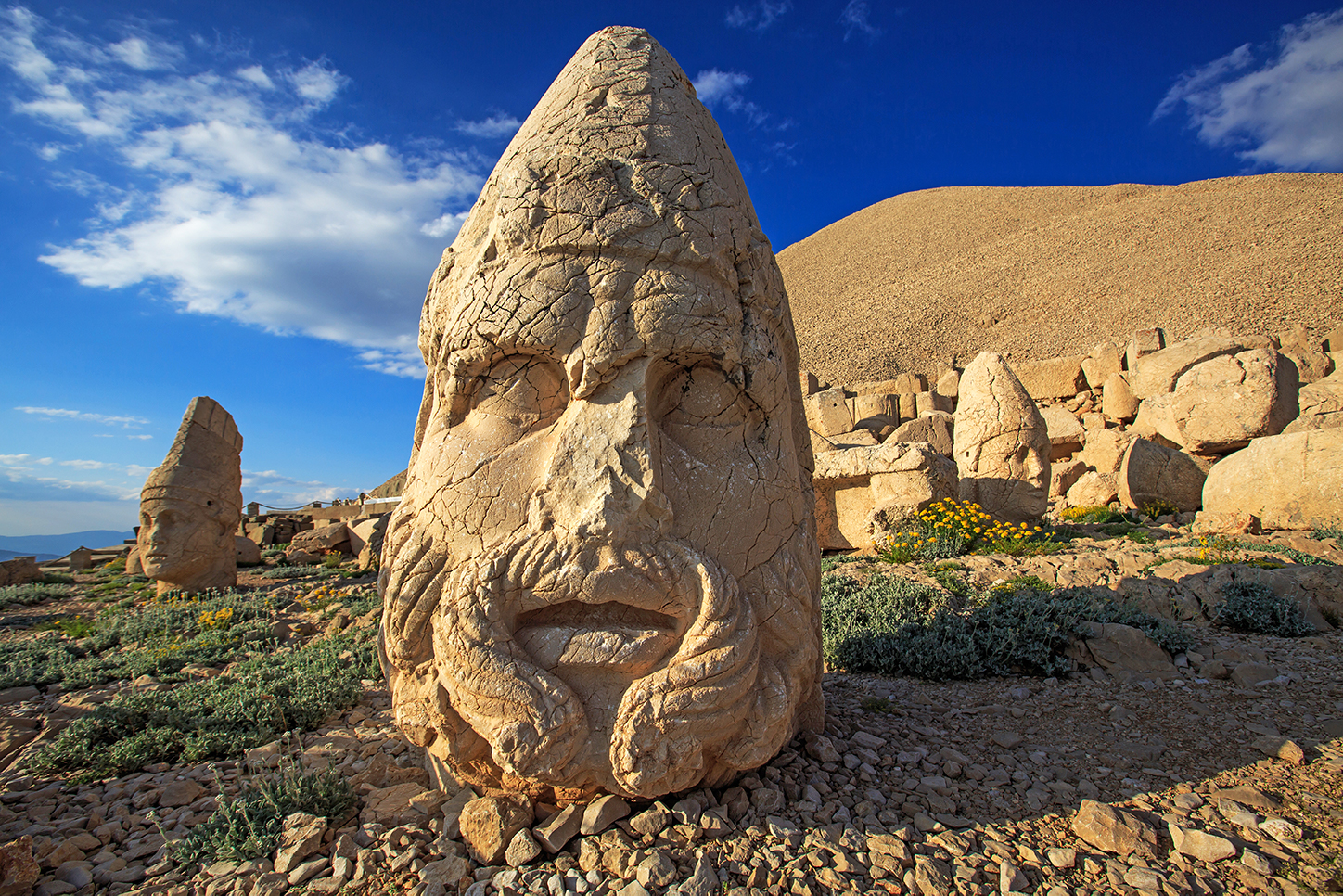
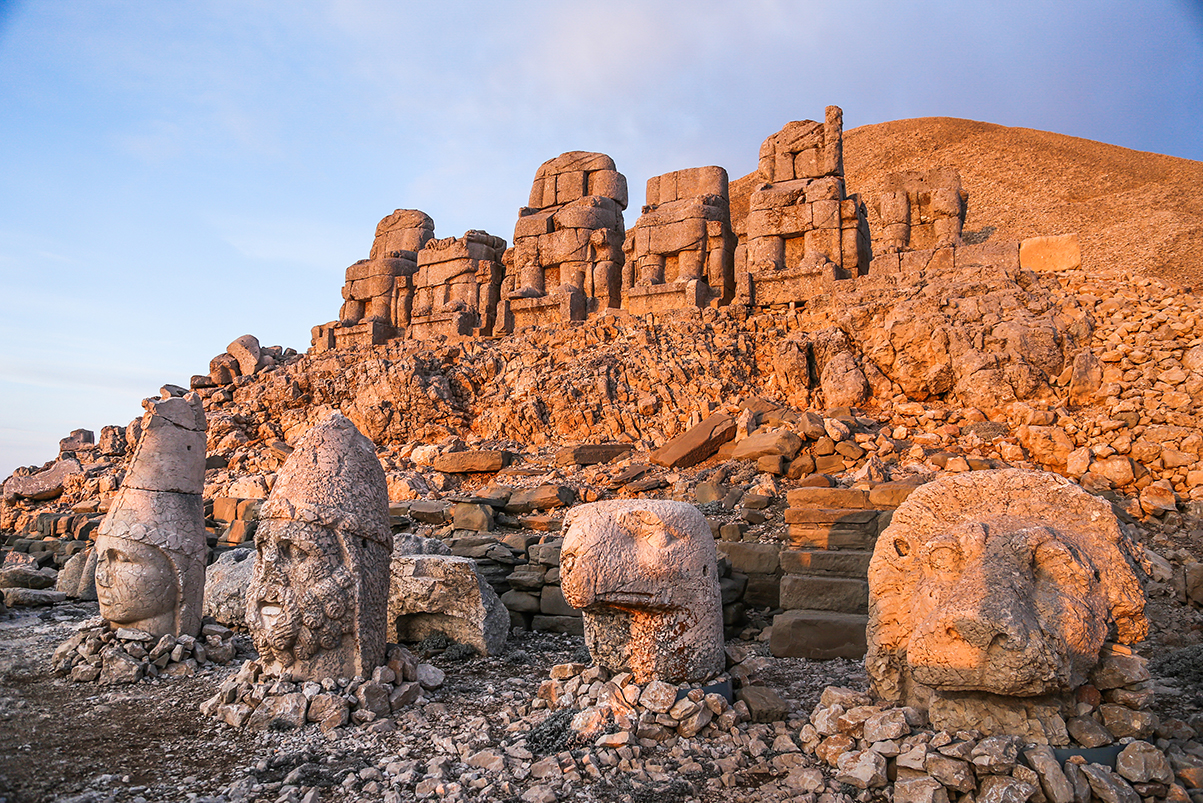
Antalya
Originally called Lycia, Antalya is a historically rich resort town on the Mediterranean. Built by the Greeks in 200 BC, Antalya has plenty to learn and see how civilized this region was thousands of years ago, and with spectacular location and breath-taking landscape and sea sceneries, now you can experience Antalya while enjoying a luxurious stay. The magic of this “Riviera of Turkey” is truly undeniable.
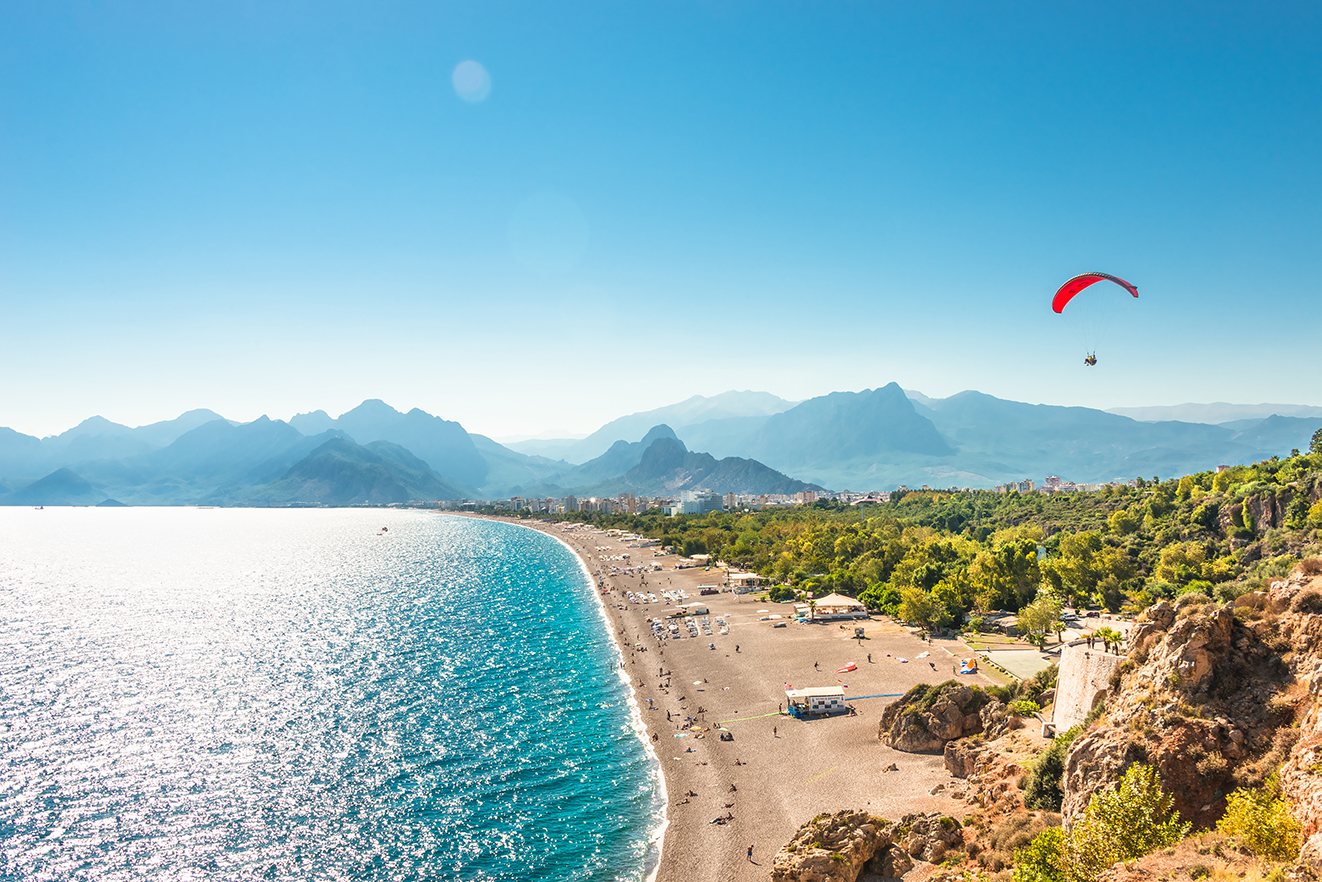
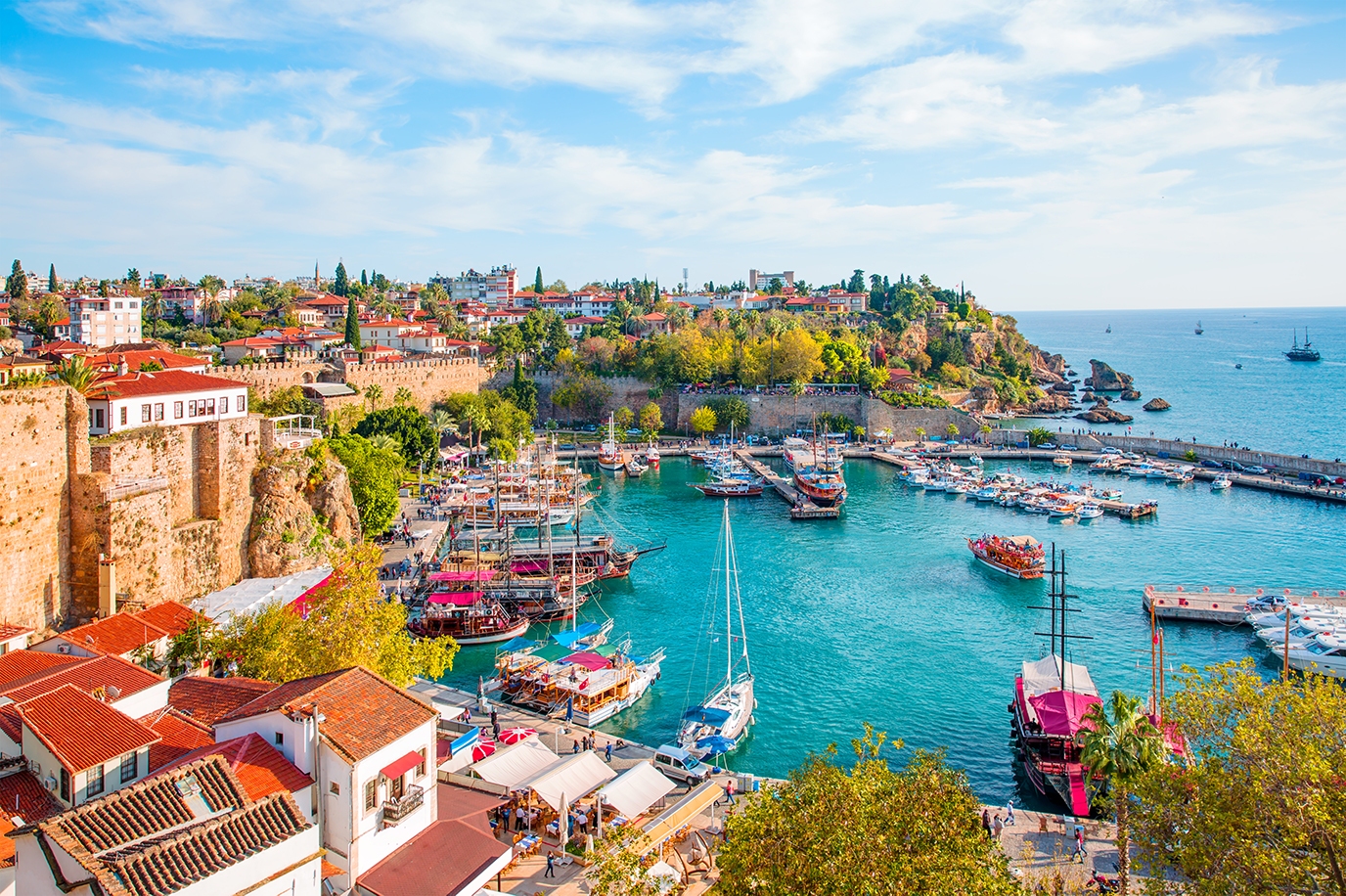
Pamukkale
Turkey has a vast and beautifully diverse landscape and natural wonders. A western Turkey town of Pamukkale highlights spectacular natural reaction between mineralrich waters, heat, and limestone, resulting in light blue water flowing down white travertine. The whole area seems like a magical tale – that’s why Pamukkale literally translates to “cotton castle”.
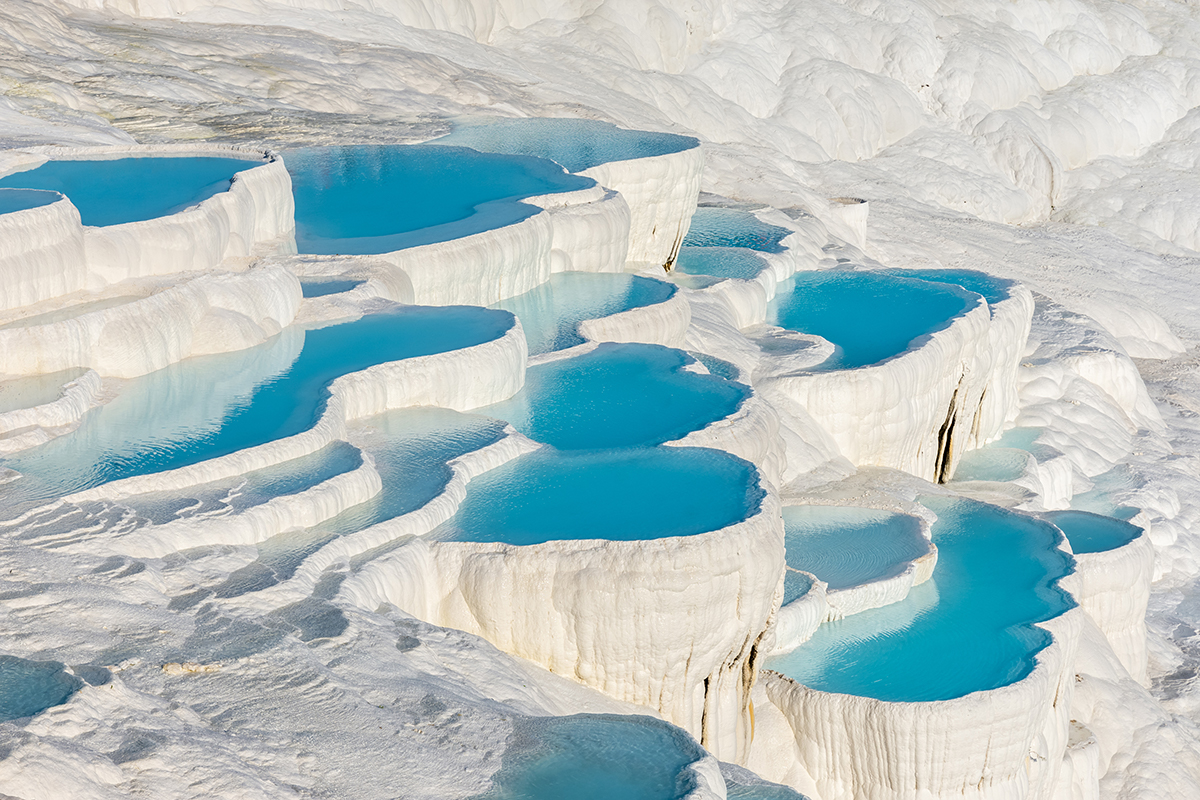
TIP!
Visitors have to catch a bus from South Gate, Hierapolis, to Pamukkale (40 Lira or 211 Baht).
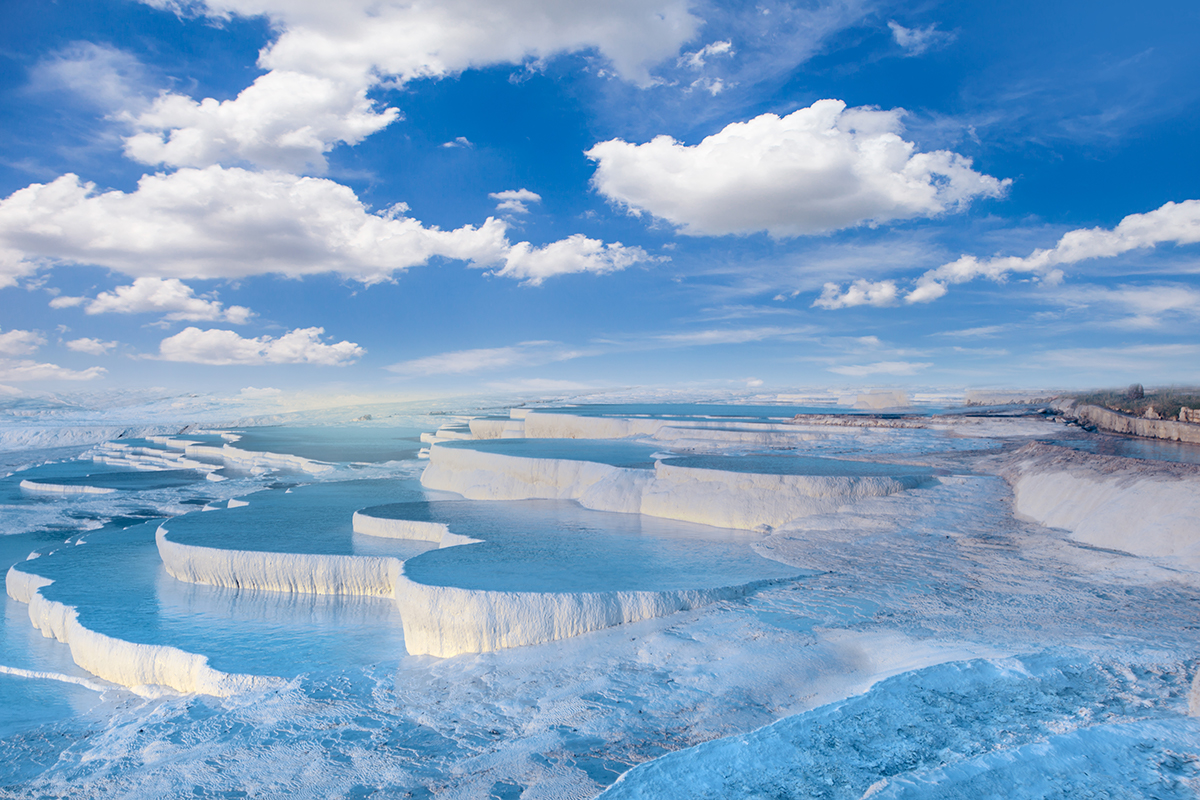
Ephesus
Among all the historically significant cities and sites in Turkey, Ephesus is arguably the most historically valuable relative to our time. Built around 1000 BC and later became the capital of eastern Roman Empire, this was one of the most prosperous cities in the Mediterranean. The record shows that Ephesus was the “biggest primate city in Asia”. Many ancient structures are being restored today to preserve the rich history of this great city!
